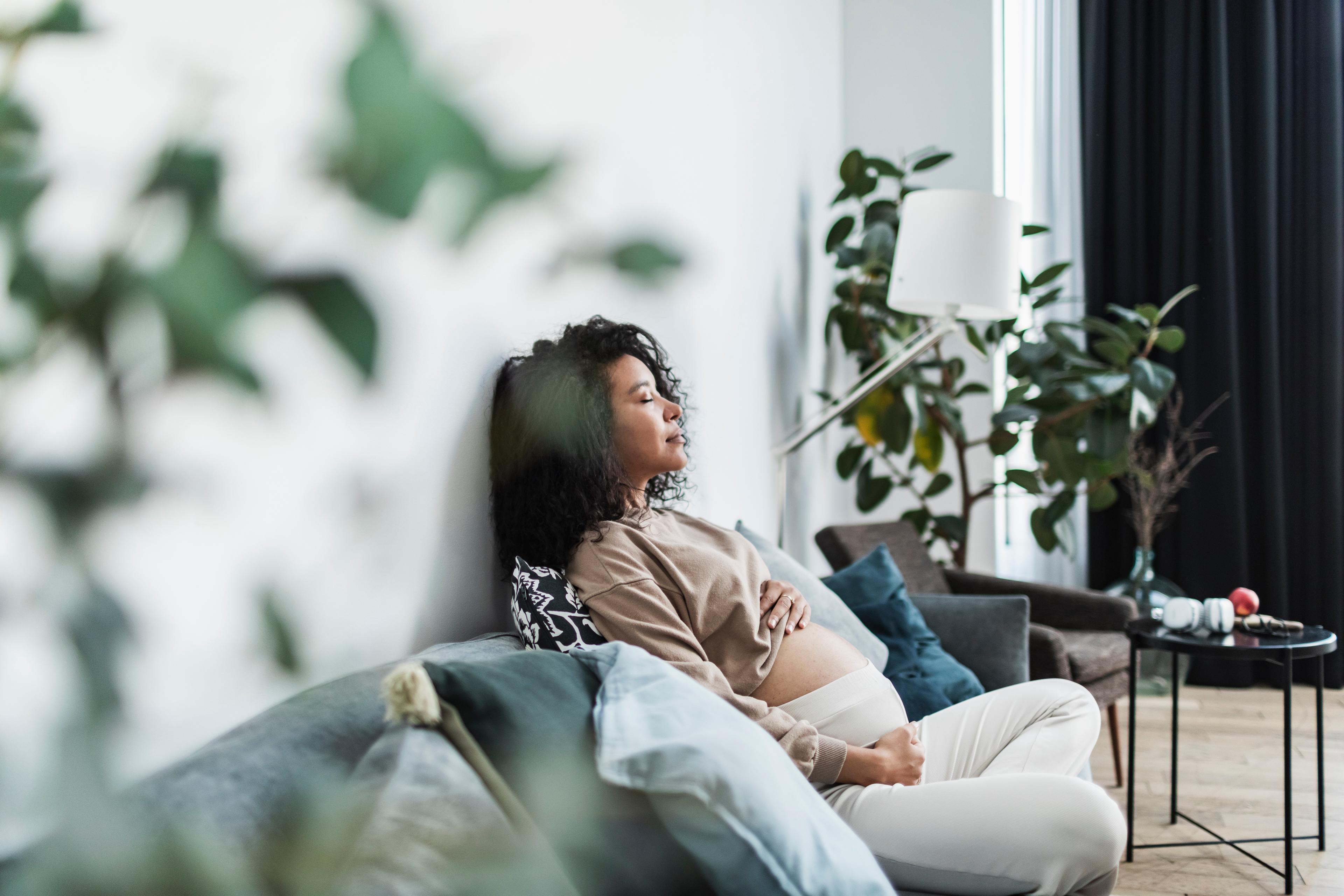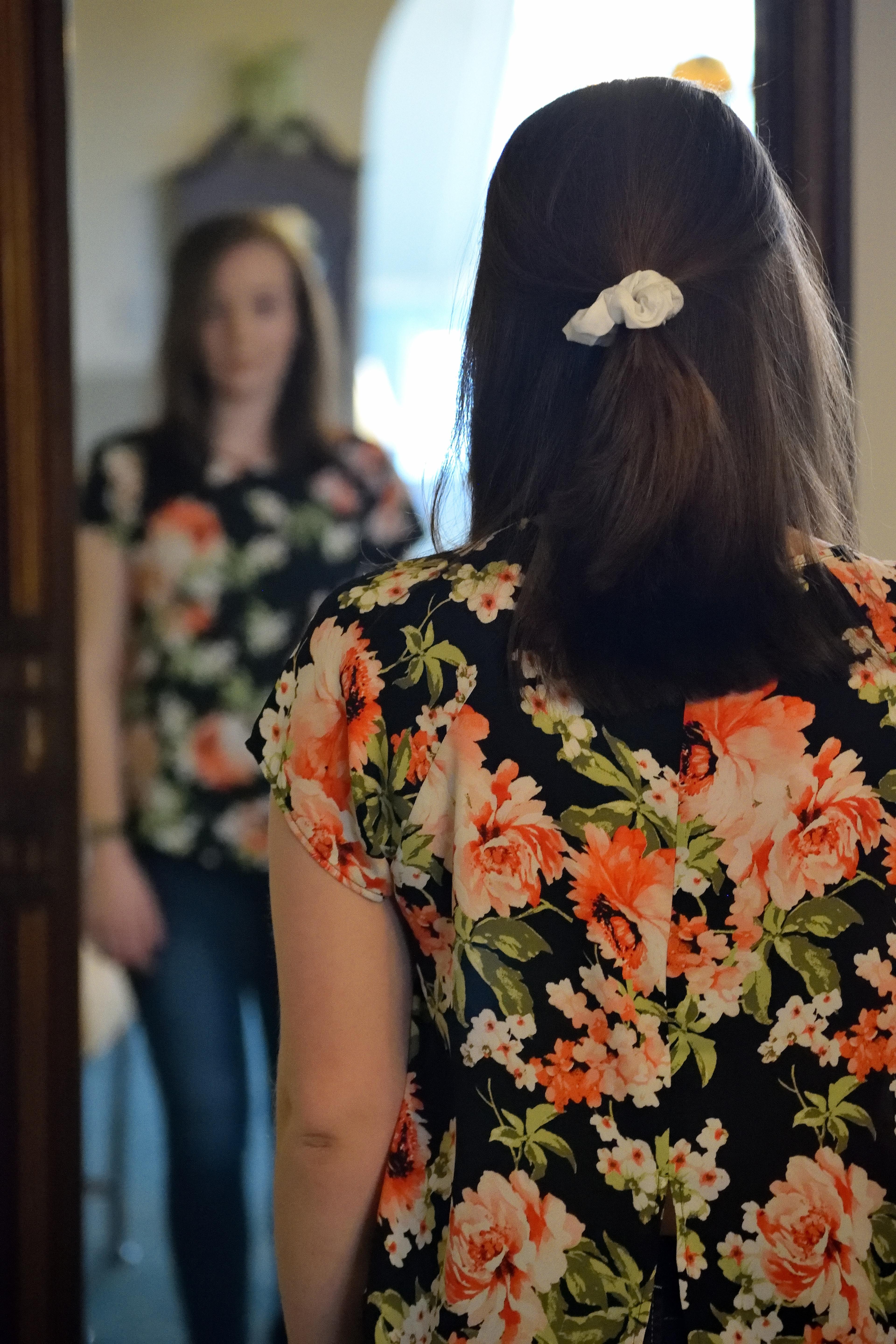Don't let your body image hold you back
How often do you look in the mirror and feel bad about what you see? Or let your life choices be dictated by the number on a scale?
You’re not alone — body image struggles are all too common. But you can free yourself from them, for good.
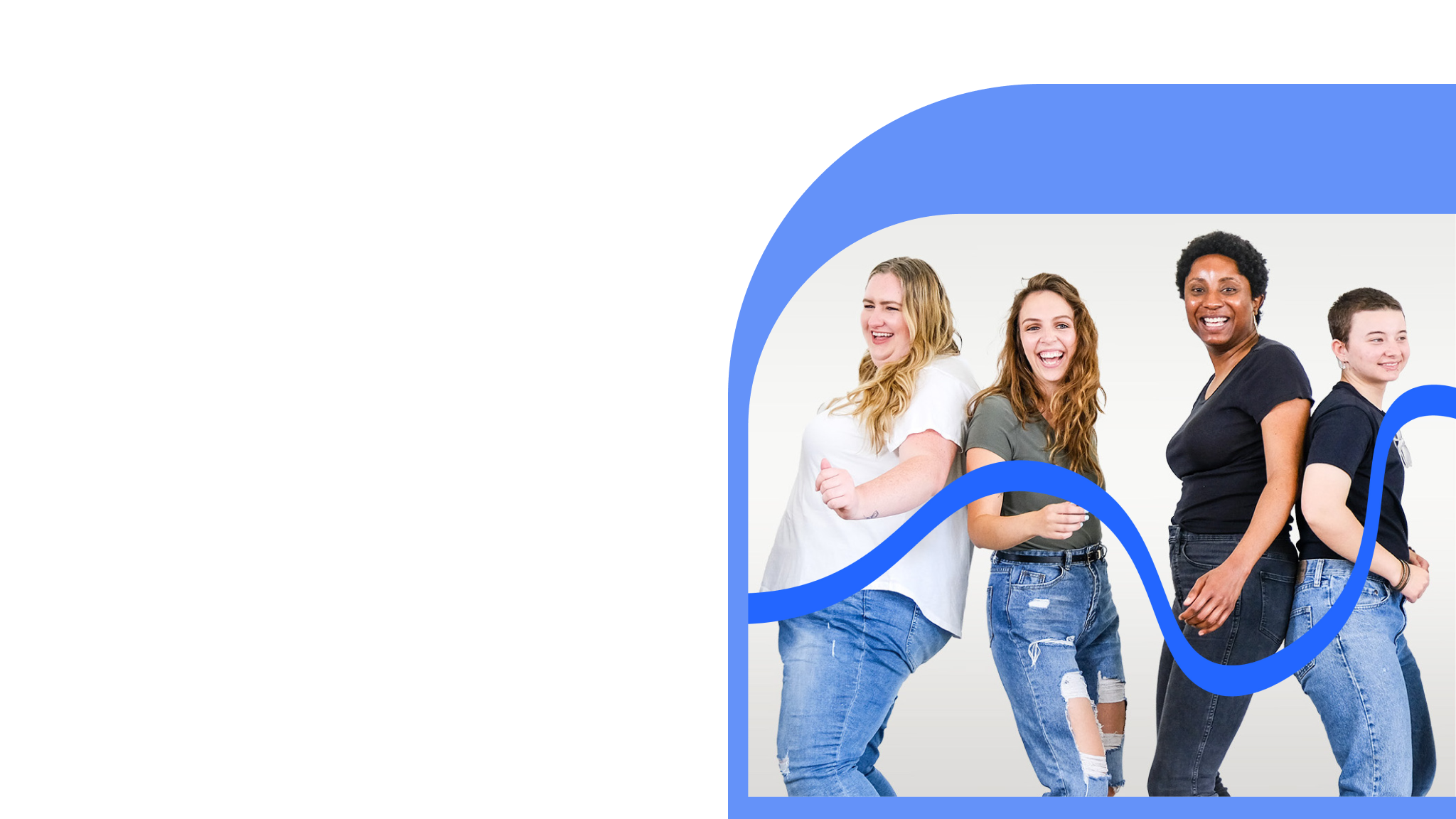
What is body image?
Body image is complex. It includes many different aspects of your relationship to your body, such as:
- The mental picture you have of your appearance
- What you think and feel about your body
- How you experience being in your body
- How your perception of your body affects your behavior
Body image can be positive, neutral, or negative—and this can change from day to day. As you read this, you might feel completely differently about your body than you did yesterday.
For some people, body image doesn’t take up too much mental space, but for others, it can expand to every corner of their mind. Being this preoccupied with your body isn’t a vanity issue, and it has serious consequences: Body dissatisfaction increases a person’s risk of developing an eating disorder, but even if it never reaches that level, the daily pattern of obsessing over and criticizing your body can take a toll on your mental and physical health.
Negative body image isn’t a personal failing. It’s a predictable consequence of living in a society that tells us only certain body sizes and shapes are valuable.
Body image facts and statistics
- Poor body image can have a negative impact on self-esteem, mood, social and occupational functioning, and overall health.¹
- Up to 75% of people worldwide experience body dissatisfaction.²
- Studies show the highest levels of body dissatisfaction in adolescence and early adulthood, especially among women.³
- 77% of adolescent girls report body dissatisfaction, and 60% of school-age girls report a desire to lose weight.⁴
- Girls start to express concerns about their weight or shape by just six years old.⁵
- 69% of teen boys report being self-conscious about their bodies, and boys and men feel increased pressure to be muscular and lean. Many don’t admit to these feelings because they see them as “girl” issues.⁶
- Body dissatisfaction can predict the development of eating disorders, and it’s the best-known factor in anorexia and bulimia.⁷
of adolescent girls report body dissatisfaction⁴
of teen boys report being self-conscious about their bodies⁶
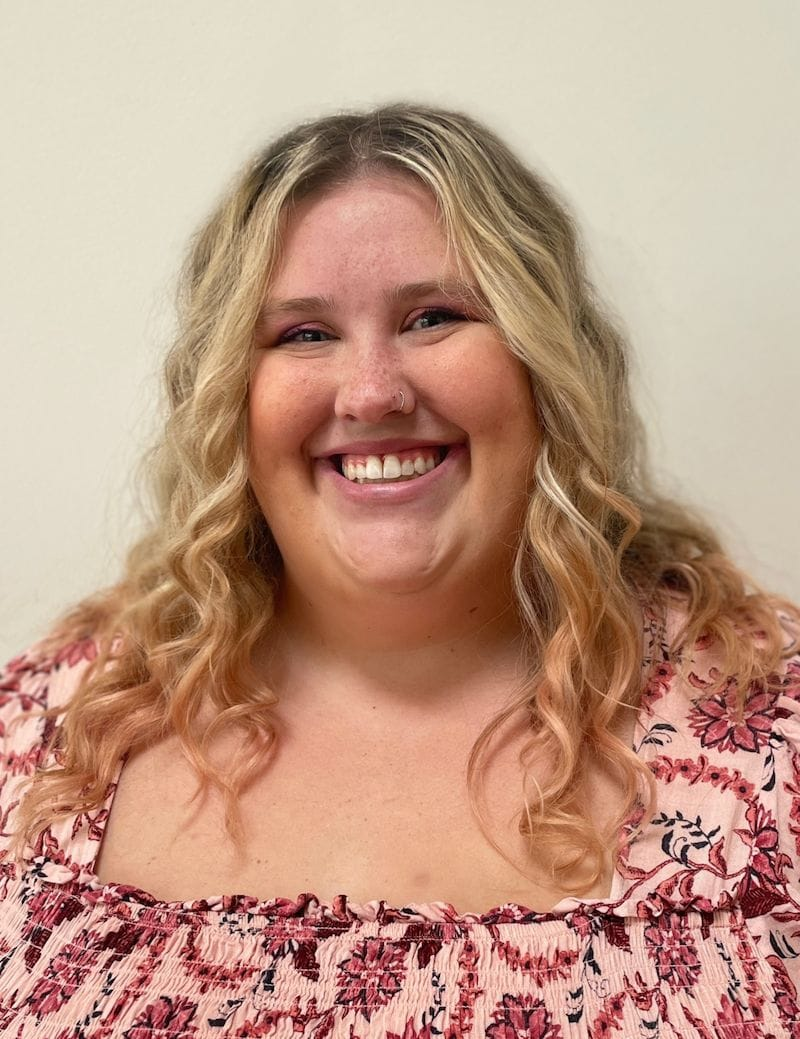
We’re not born hating our thighs or wishing our stomachs were smaller. These are beliefs we develop through social and interpersonal conditioning. If all you hear is how you should change your body and all the reasons your current self is not enough, it would be extremely difficult to find value and love for yourself as you are right now.
Ally Duvall, Senior Program Development Lead and Freeform Manager
What’s the relationship between poor body image and eating disorders?
Not everyone with negative body image has an eating disorder, and not everyone with an eating disorder has negative body image. However, the two are often connected.
In some people, body image struggles can contribute to the development of an eating disorder. However, most people with poor body image will never develop an eating disorder: while eating disorders affect about 9% of the U.S. population, up to 75% of people feel insecure about their body. Given our society’s unattainable (and practically inescapable) appearance ideals and the power of diet culture, it’s understandable that so many people feel like their body isn’t good enough.
And while most people with eating disorders struggle with body image, this isn’t the case with avoidant/restrictive food intake disorder (ARFID) where body image distress is generally not a contributing factor in the eating disorder.
Up to 75%
of people worldwide are unhappy with their body
Learn more
Up to
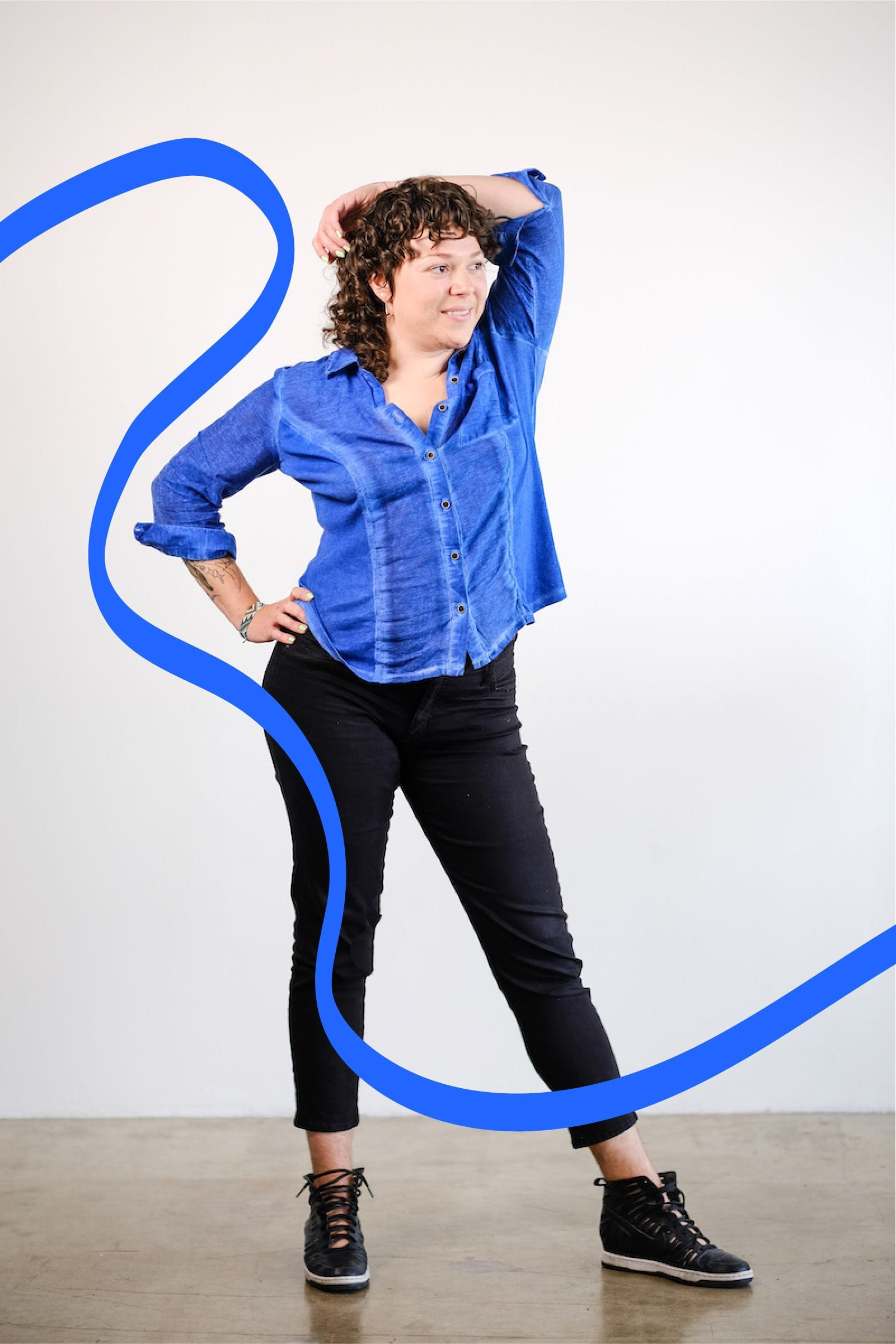
Explore: Freeform
Our free body image program
The unfortunate reality is that most people today struggle with negative body image. Even if these struggles don’t grow into a full-blown eating disorder, they can significantly impact quality of life and health. To help address this serious problem, we developed Explore: Freeform—a free, open course to help anyone build a better relationship with their body.
Developed by clinical and subject matter experts and backed by decades of research, Explore: Freeform is a self-paced, virtual module dedicated to helping people identify harmful societal messages and feel empowered in their own bodies.
Learn more
Explore: Freeform is 30-minute course with a lasting impact
Through this module you will:
- Examine society’s appearance ideals and what they have to do with health
- Explore the costs of pursuing these body ideals
- Identify harmful messages you’ve received about how your body should look
- Find your own “why” for rejecting appearance ideals
- Reflect on ways you can resist society’s pressures to look a certain way
Get started
This course really showed me how allowing others to determine who you are and how you present yourself diminishes your self-worth and your uniqueness.
Explore: Freeform participant
My kids deserve me to be fully ME, without this fear and stress of changing my body. It’s time to come home to myself.
Explore: Freeform participant
Body image resources
Insights and information to help you build a better relationship with your body.
Articles

Get more support in your inbox
Dive deeper into body image and food topics by getting expert resources delivered to your inbox. .Body image videos
“Stop trying to fix your body. It was never broken.”
Eve Ensler
References
- Hosseini SA, Padhy RK. Body Image Distortion. [Updated 2023 Feb 12]. In: StatPearls [Internet]. Treasure Island (FL): StatPearls Publishing; 2023 Jan-. Available from: https://www.ncbi.nlm.nih.gov/books/NBK546582/
- Ganesan, Subhashini et al. “Are Body Image Issues Affecting Our Adolescents? A Cross-sectional Study among College Going Adolescent Girls.” Indian journal of community medicine : official publication of Indian Association of Preventive & Social Medicine vol. 43,Suppl 1 (2018): S42-S46. doi:10.4103/ijcm.IJCM_62_18
- Houle-Johnson, Stephanie A, and Lisa Kakinami. “Do sex differences in reported weight loss intentions and behaviours persist across demographic characteristics and weight status in youth? A systematic review.” BMC public health vol. 18,1 1343. 4 Dec. 2018, doi:10.1186/s12889-018-6179-x
- Cash, T. F., & Smolak, L. (Eds.). (2011). Body image: A handbook of science, practice, and prevention (2nd ed.). The Guilford Press
- Hargreaves DA, Tiggemann M. ‘Body Image is for Girls’: A Qualitative Study of Boys’ Body Image. Journal of Health Psychology. 2006;11(4):567-576
- Stice, Eric et al. “Risk factors that predict future onset of each DSM-5 eating disorder: Predictive specificity in high-risk adolescent females.” Journal of abnormal psychology vol. 126,1 (2017): 38-51. doi:10.1037/abn0000219
- Stice, Eric, and Heather E Shaw. “Role of body dissatisfaction in the onset and maintenance of eating pathology: a synthesis of research findings.” Journal of psychosomatic research vol. 53,5 (2002): 985-93. doi:10.1016/s0022-3999(02)00488-9
- Hosseini SA, Padhy RK. Body Image Distortion. [Updated 2023 Feb 12]. In: StatPearls [Internet]. Treasure Island (FL): StatPearls Publishing; 2023 Jan-. Available from: https://www.ncbi.nlm.nih.gov/books/NBK546582/#
Privacy PolicyNotice of Privacy PracticesSecurity PolicyTerms & ConditionsGood Faith EstimateYour Privacy Choices
All names, likenesses, and identifying information have been changed in accordance with privacy laws. Images are of models, not actual patients.
Your privacy is Equip's priority, we safeguard your health information with end-to-end data encryption and industry-leading secure cloud practices. Our platform is HIPAA-compliant and SOC2 certified, ensuring your data is always protected.


